Overview video
Interface overview
Demo video (old interface)
Introduction and mission statement
I have long wanted to build my own automation framework for my residence. All existing solutions were either expensive, poorly designed, underperformant, bulky or not versatile enough for what I needed. So I created the Moteino, a low power wireless Arduino compatible based on the popular Atmega328p chip, that accepts RFM69W/HW/CW or RFM12B transceivers on reverse, is of SD card size, is wirelessly programmable and can fit in very small enclosures.
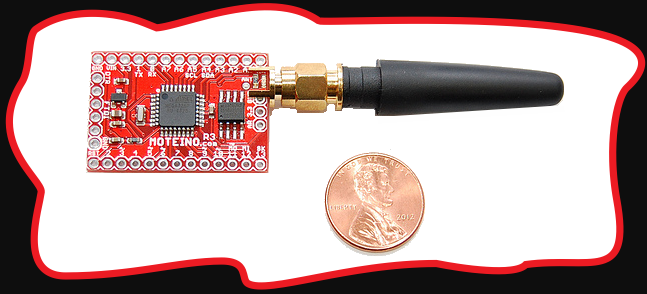
Among other things, I wanted this system to be:
- Open source
- Easy to build/replicate by those with some Arduino experience
- Easily extensible and customizable
- Inexpensive compared to other systems like Z-wave and Zigbee
- Use common parts/sensors that are easy to source
- Main components should have a very simple design, no exotic or complex frameworks/compilers
- Easy to scale and hardware build with manufacturability in mind
Sample integrated devices
Once I tested a few revisions of the Moteino and I had a robust revision, I started conceptualizing several devices that would make it easy to monitor or control certain things like:
- Mailbox via MailboxNotifier (aka MailboxAlert or MailMote). This little sensor box can run for many months on a small LiPoly battery and reports back motion detected at the mailbox, battery level, and the last time the mailbox was opened. It became one of the most loved Moteino based devices at our house, and very popular blog project. The love for this device grows more with every Michigan winter storm. Thank you MailboxAlert!
![]()
- Garage door via GarageMote. This device can detect the garage doors position (open, closed, unknown), and trigger an open/close action. Very useful on those stressful days when you wonder if you closed the garage.
![]()
- The sump pump mote via an ultrasonic sensor. Going on vacation? If your sump pump fails you could come home to a few feet of water, so better safe than sorry.
![]()
- Motion via the MotionMote. Care to know when there's motion in your house when there shouldn't be any? Me too!
- Lights via SwitchMote. Swap your current mechanical light switches with SwitchMotes and control your lights wirelessly in addition to the new push button. They work at 120-250V but are designed to fit US electrical boxes.
- Water meter via a photo reflective sensor. Useful to monitor water usage for potential pipe breaks or water leakage.
![]()


System design

Artistic diagram
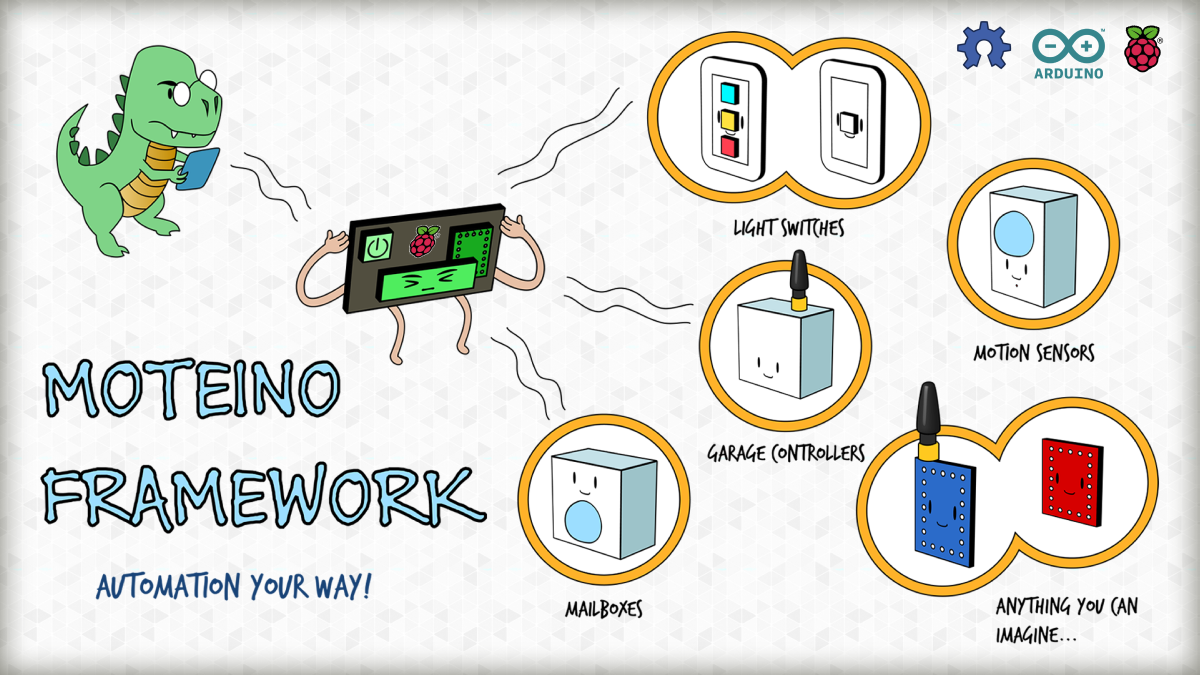
Self imposed requirements
To make it truly useful, flexible and secure, I imposed several critical requirements for my Moteino automation framework:
- Remote SSL secured control. The RaspberryPi gateway computer can relay a SSL secured web interface to the internet allowing the owner to check status and take actions from anywhere on the internet.
- Real time updates. Secure sockets allow the remote interface to receive real time updates from the Pi gateway. No more boring browser refreshes.
- Wireless over-the-air programming of critical devices or those enclosed in difficult locations (especially the SwitchMote which is wired to mains and attached in electric boxes behind covers).
- Use the RFM69's hardware AES128bit encryption for secure wireless communication
- Allow Email/SMS/Pushover notifications
- The central Moteino+RaspberryPi gateway computer has to survive a power outage and continue to receive critical messages from battery operated nodes such as MotionMote.
- Components have to be easy to source, manufacture and system easy to scale. The network can be extended with new Moteino based devices at any time without changing the topology or disturbing existing devices.
RFM69 library
I've spent several weeks developing the RFM69 library which I made free and open source, is now widely used in RFM69 based projects, and now also forked/used in several other THP entries. I'm very happy others found my work useful and I applaud project such as the Reactron Overdrive and PlantFriends which used Moteinos (or clones) and...
Read more » Felix Rusu
Felix Rusu
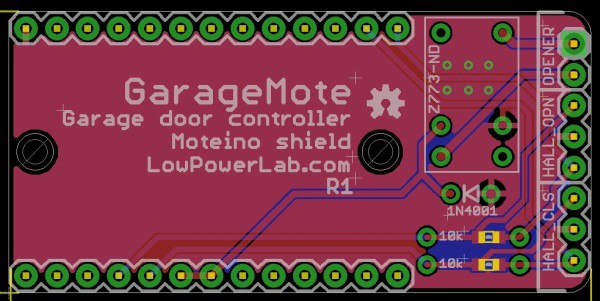


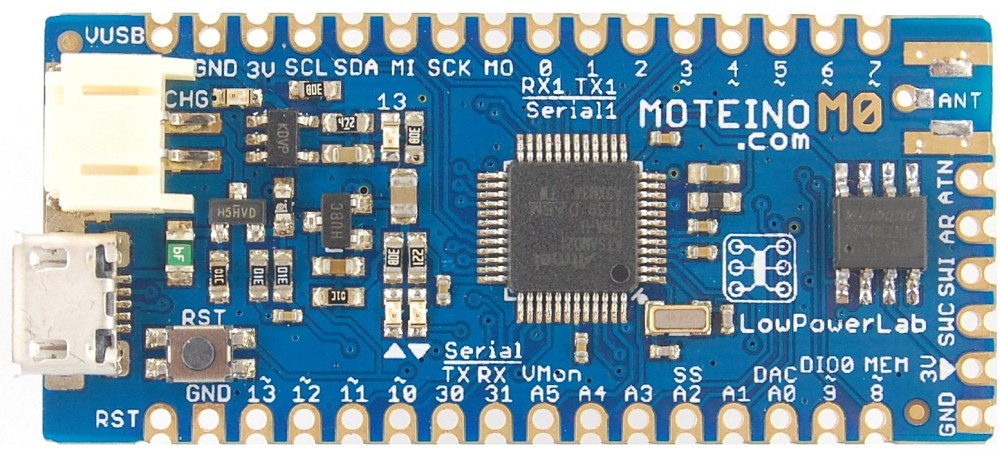

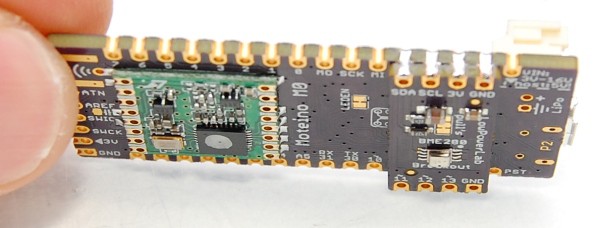
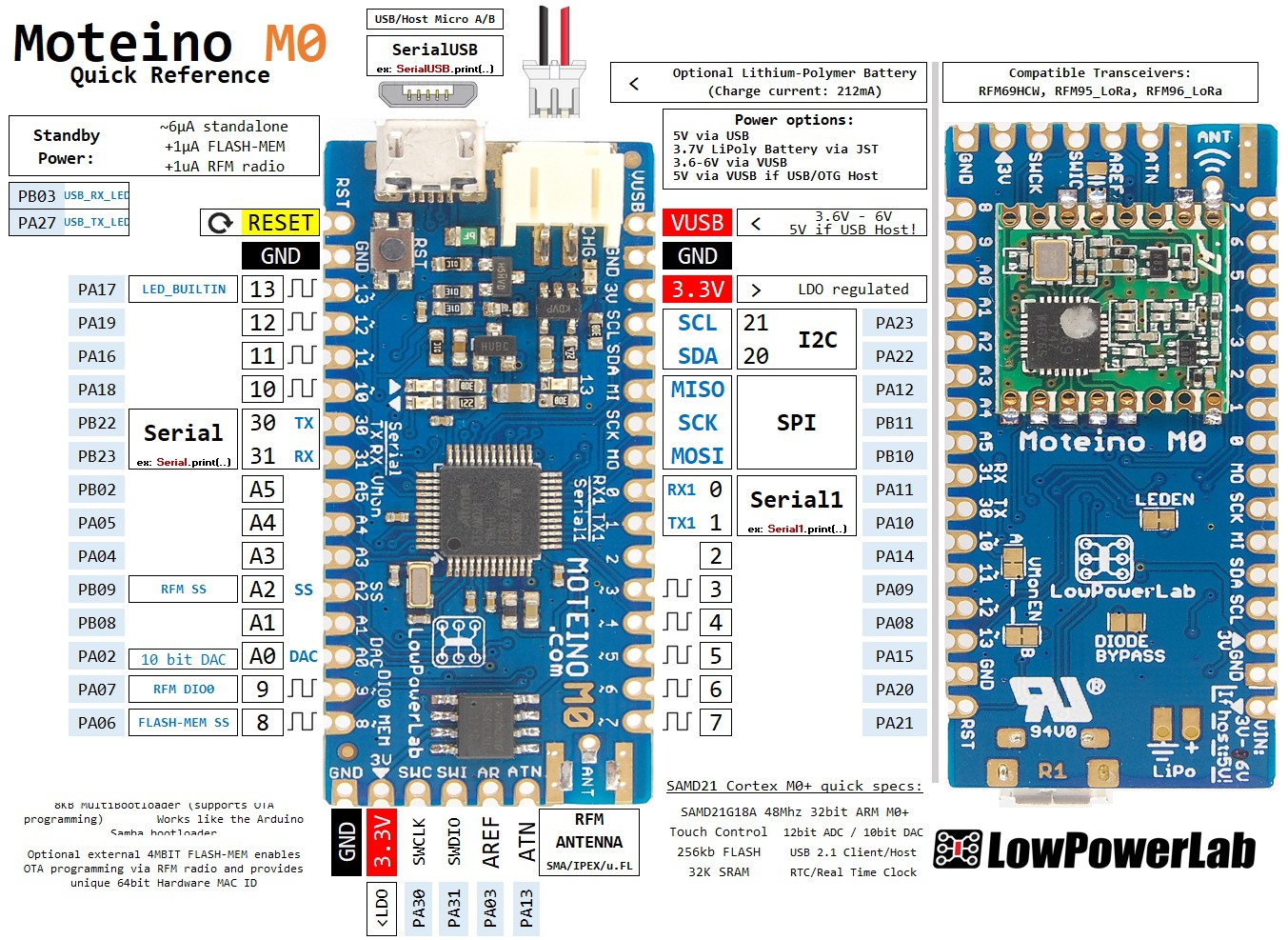
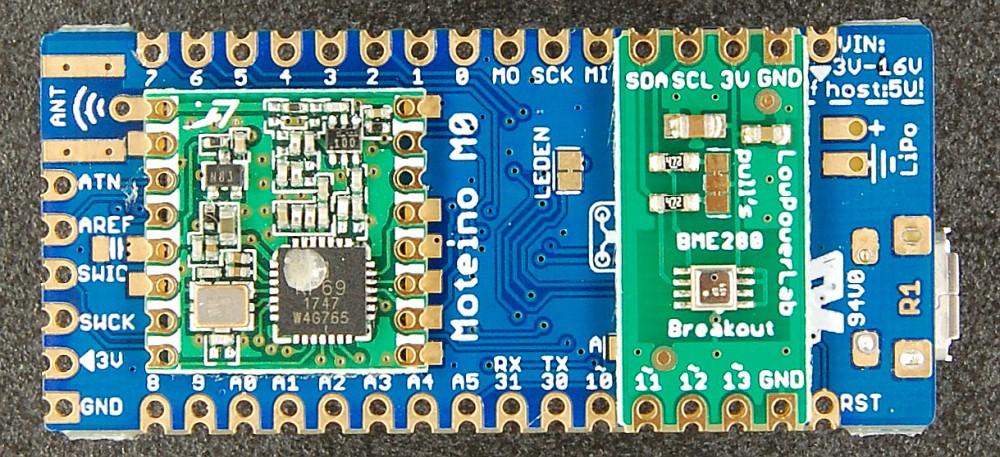

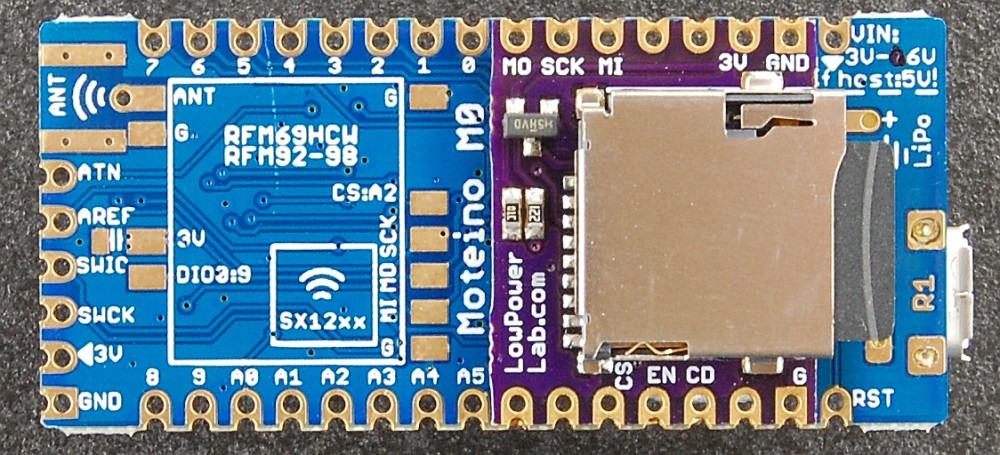


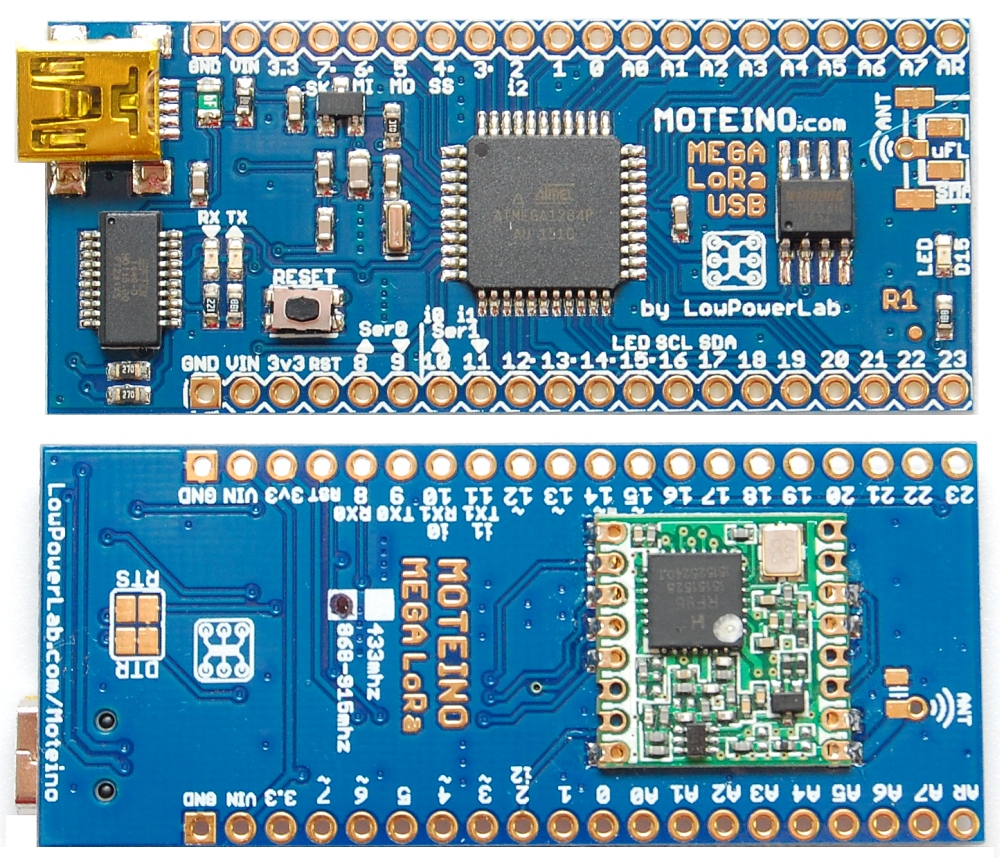




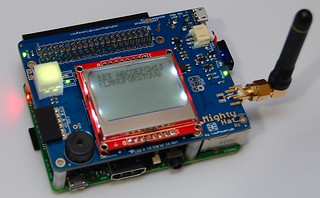
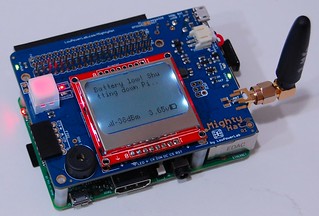

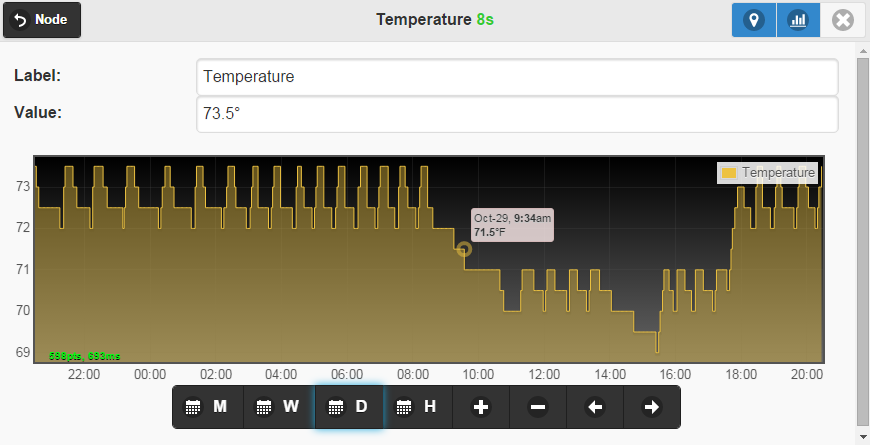

 I had an old sprinkler controller which worked just fine. But I had a few things I could be improved:
I had an old sprinkler controller which worked just fine. But I had a few things I could be improved:





















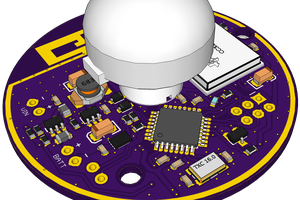
 akupila
akupila
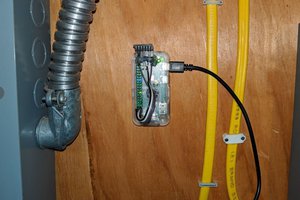
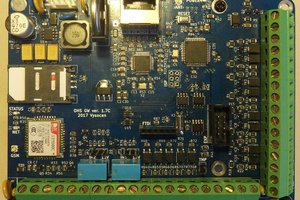
 vysocan76
vysocan76
Greg, first thank you for sharing your knowledge. I am excited to listen to your conversation. The hottest lighting stikes on earth are about 30,000 Kelvin (53,540 ºF). What is the temperature of your recreated lighting at the 1/3 scale coil and what is the expected your taller model at 120 ft. (36.5m). -Douglas from Tesla Science Center at Wardenclyffe.